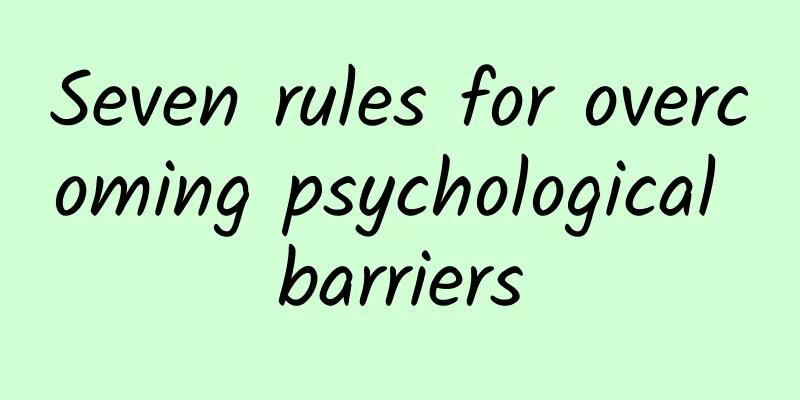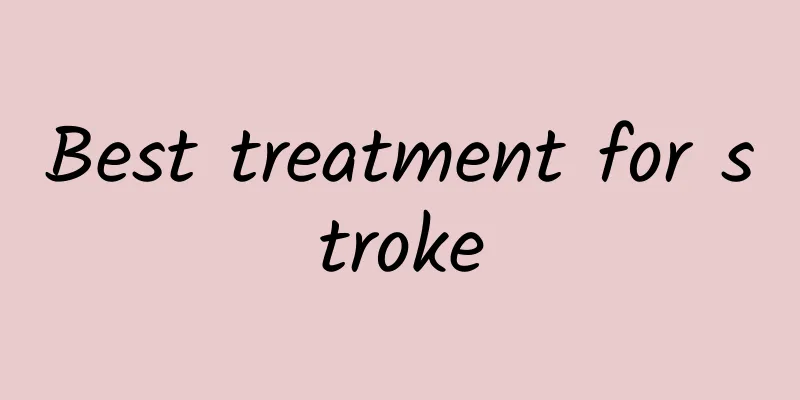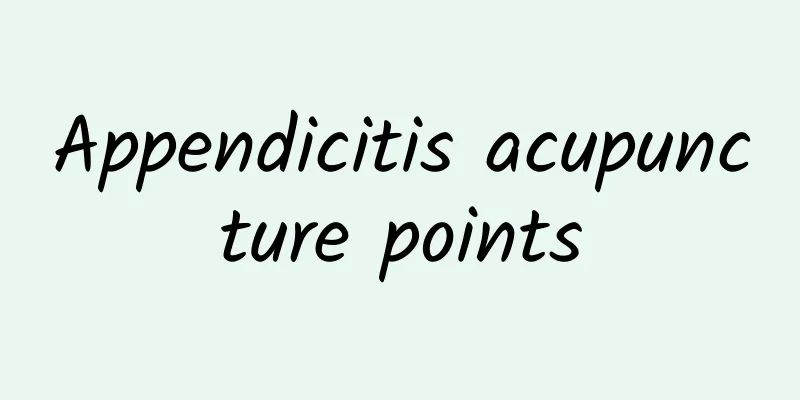Six month old baby snoring

|
Most six-month-old babies are still breastfed, but some have already added various complementary foods. In addition, when their mothers have time to go to work, some are fed with milk powder and complementary foods, but special attention is also paid to the child's physical development to avoid the occurrence of diseases. Some parents have found that their six-month-old baby has snoring throats. What’s going on? In addition to giving your child more water and observing the condition, it is best to seek medical attention immediately. 1. Drinking water - keep your throat moist When the baby has phlegm in his throat, mothers should make sure that the child drinks more water. On the one hand, drinking water can moisturize the throat and relieve throat discomfort. On the other hand, water can dilute the phlegm and help the child cough up the phlegm more easily. In addition, the body's metabolism is also inseparable from water. If children drink more warm boiled water, it can enhance the body's metabolism and be more conducive to the recovery of the disease. For children who cough, the insensible water loss through the respiratory tract will be very high, and the airway will be relatively dehydrated, which can aggravate respiratory inflammation and the viscosity of secretions, making them difficult to cough out. Let the child drink more water, especially cold boiled water at about 23°C, which has a good moisturizing and physical therapeutic effect on the throat. Drinking more cold boiled water can dilute the viscous secretions, making them easier to cough out, which is beneficial for relieving cough and expectoration, and eliminating local inflammation. At the same time, cold boiled water can improve blood circulation, so that waste or toxins produced by the body's metabolism can be quickly excreted from the urine, thereby reducing its irritation to the respiratory tract. 2. Patting the back: an emergency measure when you can’t cough up phlegm After each feeding or when the baby has heavy phlegm when breathing, pat the baby's back appropriately to help the baby expectorate. The correct way to pat the back is to bend your fingers together to make your palm hollow, then let the baby lie on his side or the parent can hold the baby, and use the hollow palm to pat the baby's back from top to bottom and from outside to inside. When patting, control the strength and feel a slight vibration. Repeat this patting for about three minutes. When the child is coughing, let the child lie on his side or hold him in the position where he lies on his side. The parent slightly bends the five fingers of one hand, makes a fist, and gently pats the child's chest, sides and back. Pat your left side and lie on your left side, alternating between the two sides. The force of the slapping should not be too great, and it should be done from top to bottom and from outside to inside, in sequence. Pat each side for at least 3-5 minutes, 2-3 times a day. The back-patting method can not only loosen the phlegm in the child's lungs and bronchi, drain it into the trachea and discharge it, but also promote blood circulation in the heart and lungs, which is beneficial to the absorption of bronchial inflammation and enables early recovery from the disease. 3. Steam therapy - a good physical therapy When your baby has phlegm in his throat, you can use hot steam inhalation to thin the thick phlegm and help it be discharged. The specific method is: pour hot water into a cup, let the child keep inhaling with his mouth and nose facing the cup mouth, when the water gets cold, change it to boiling water, and continue for about 15-20 minutes, then it will be easier to cough up the phlegm. Of course, be careful not to burn your child. Parents can also place a humidifier in their child’s room to moisten the air and help eliminate phlegm. Pour boiling water into a large pot or teacup, hold the child, and let his mouth and nose face the rising steam and inhale and exhale. This can thin the phlegm and facilitate coughing up, and can also reduce congestion and edema of the trachea and bronchial mucosa and reduce coughing. But be careful to avoid burns and accidents. |
<<: Is it okay for a six-month-old baby to fall to the ground?
>>: What to do if your six-month-old baby has torticollis
Recommend
What should you eat when you have your period? Four recipes to help you drive away the cold and replenish your blood
For female friends, proper dietary adjustments du...
The efficacy of hawthorn and wolfberry soaked in water
Nowadays, more and more people are starting to ma...
Is chronic urticaria contagious?
Chronic urticaria is the most common stubborn ski...
What are the precautions after cupping?
Although modern medicine is more developed, it st...
Who is not suitable for Yueju Pills?
Chinese herbal decoction is a traditional solutio...
What degree should a cold be cured?
As the saying goes, a cold is a fluctuating feeli...
The efficacy, effects and contraindications of Vinegar Turtle Shell
Vinegar turtle shell is a Chinese herbal medicine...
What is Paracetamol Caffeine Tablets?
Paracetamol and Caffeine Tablets are essential ho...
Itchy skin after chemotherapy
This is a normal reaction and may cause itching o...
Numbness in arms after drinking
Although the alcohol contained in wine can paraly...
What are the benefits of soaking walnuts in white wine?
Walnut is an essential snack in our daily life, a...
What is the difference between eczema and urticaria? It mainly depends on the shape
There is a big difference between eczema and urti...
Large pores and closed comedones
Large pores and closed comedones have a great imp...
What foods can quickly cure acute lumbar sprain?
Lumbar sprain is quite common in life, usually ca...
What to do if meningioma recurs
Meningioma is a common brain tumor with a relativ...









